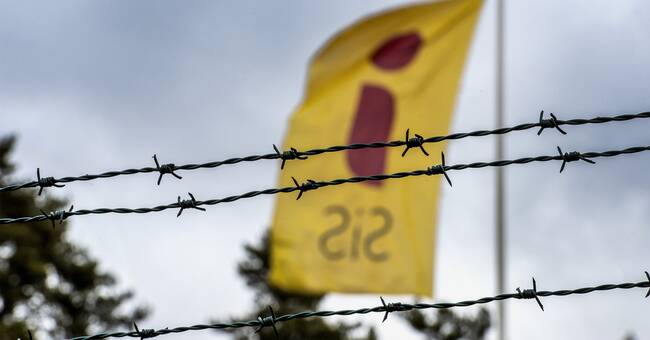The Swedish Schools Inspectorate has examined the teaching at the 23 schools run by the Swedish National Board of Education (Sis) at their special youth home.
The results show, among other things, that there are large differences between the schools when it comes to the quality of teaching.
Something that is serious, says the Swedish Schools Inspectorate, because many of the students have negative experiences of school when they are forcibly taken into care.
- We are aware that Sis has a complex assignment and that there are clear difficulties and challenges linked to teaching time and absence.
The education at Sis is of great importance for the students' opportunities for good conditions in the future.
A completed schooling is the single most important protective factor for placed children and young people's health and development, says Hanna Antonsson, who led the review, in a press release.
"Difficult to meet girls' needs"
SVT has previously reported on several young girls who experience that both care and education suffered during the time they were forcibly placed.
"Hanna", who was locked up for 6 months as a 12-year-old, received neither school nor care during that time, according to her relative.
And according to the Swedish Schools Inspectorate's report, the girls are particularly vulnerable.
They write that "Sis 'way of working makes it difficult to meet girls' needs".
For example, school absenteeism is significantly higher among girls than among boys.
"All in all, this means that students do not get equal opportunities for education," writes the Swedish Schools Inspectorate.
They list several areas that Sis needs to prioritize in order for students to receive an equivalent education.
It mentions the status of school activities, students' teaching time and absence.
SVT is looking for SiS for comments.

